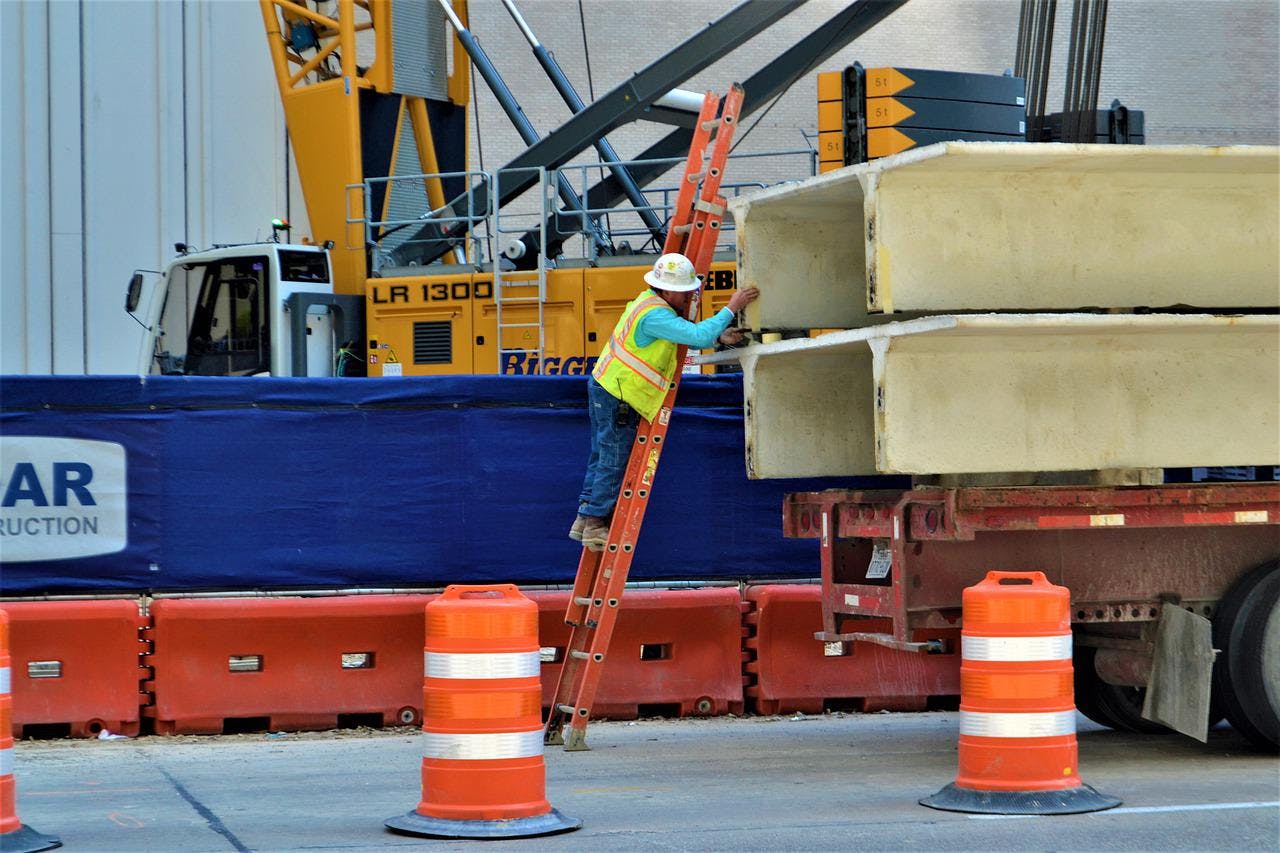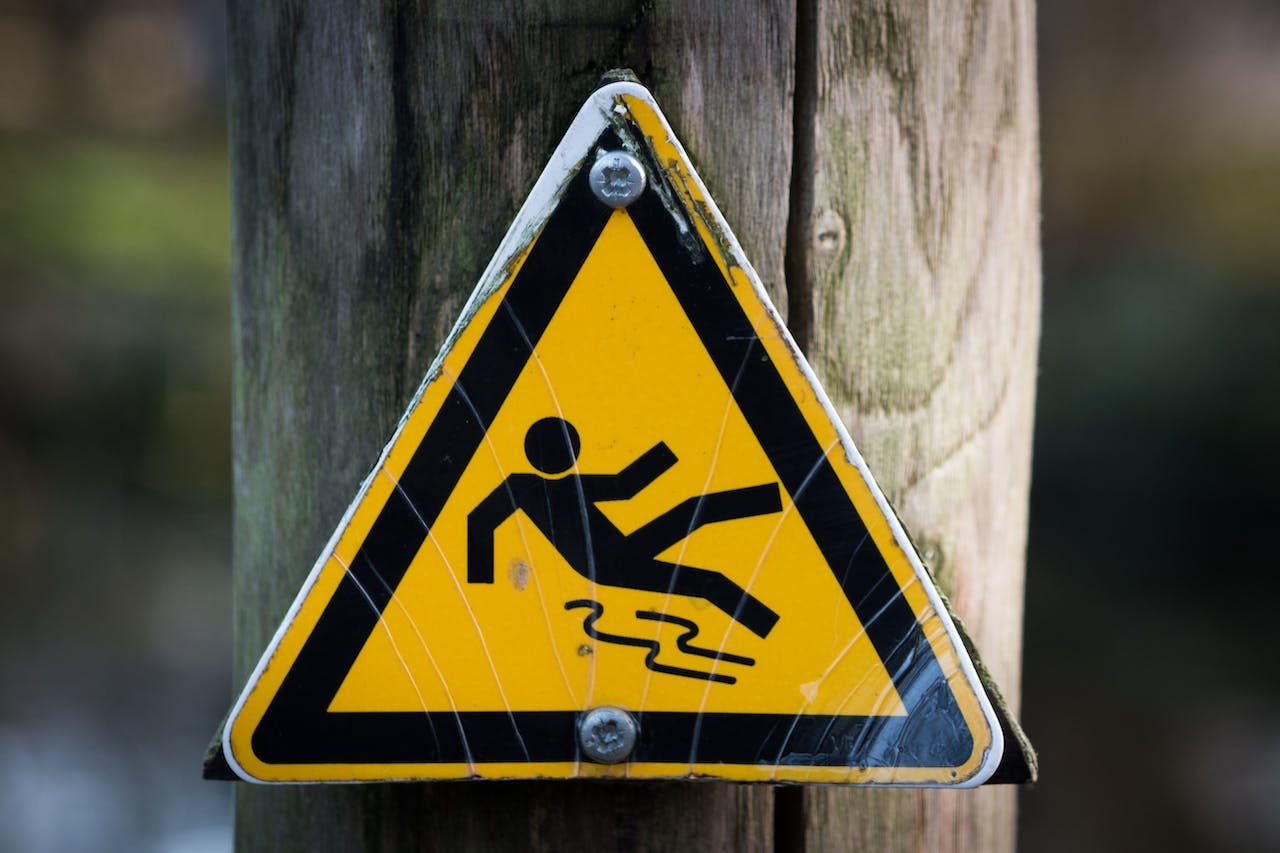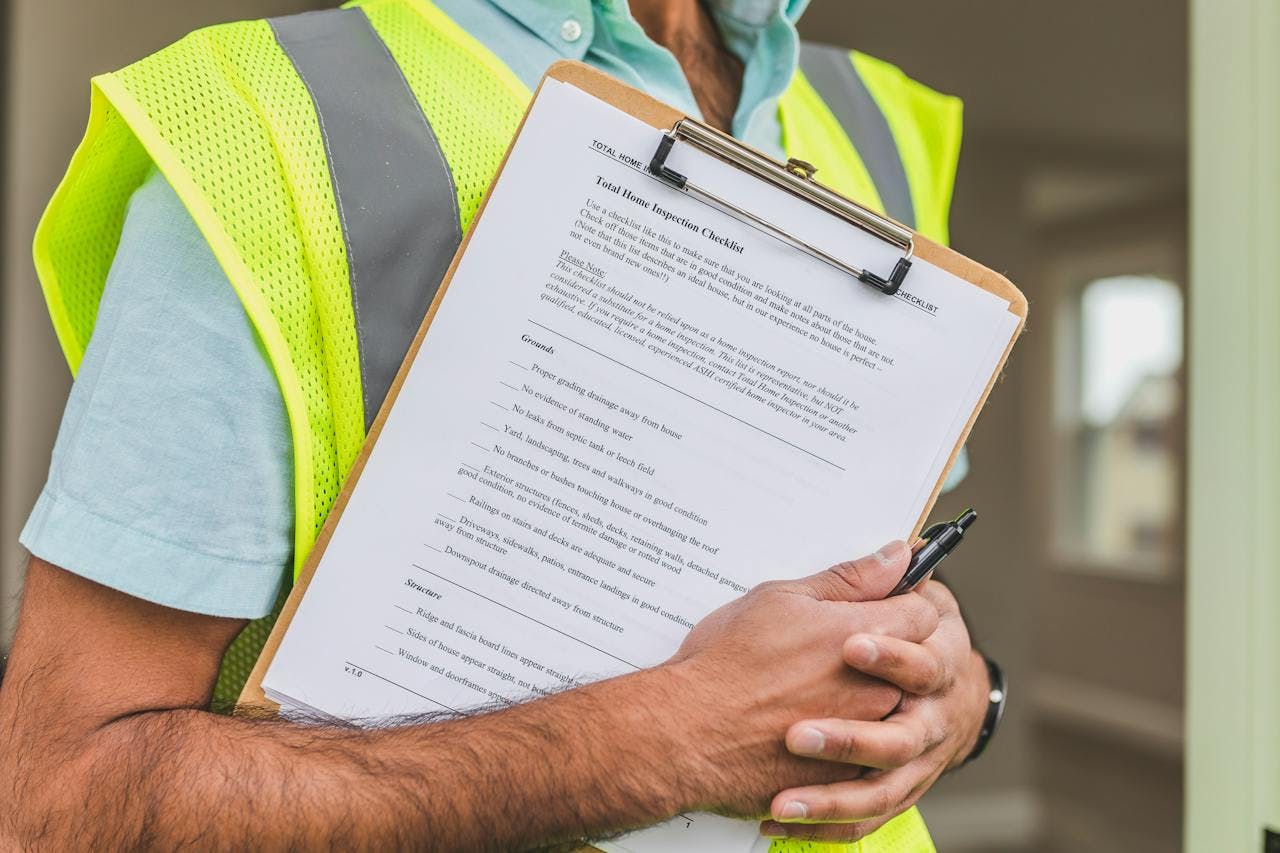Is your organization keeping its employees safe? Are there policies in place to ensure their ongoing health and safety? How often are you making sure that stated policies are doing their job?
You might instinctively answer ‘yes’ to the first two questions, but did you pause on the third one?
Safety audits assess everything the company does to keep employees and visitors safe and healthy while in the workplace. A safety audit is effectively the same as a Health, Safety, and Environment (HSE) audit, and it is crucial for organizations to ensure they meet safety requirements. However, the primary goal of a safety audit is to ensure your business is compliant with workplace compliance regulations and to see whether your business’s safety program is working across departments to ensure employee safety. Safety managers can conduct a comprehensive audit internally in preparation for the formal HSE audit conducted by an external auditor.
The U.S. Occupational Safety and Health Administration (OSHA) formally states that a violation found during an internal safety audit and is corrected before a formal external audit will be not be issued a citation. Therefore, it quite literally pays to audit yourself.
Regular safety audits determine if current policies are effective and being followed. Read on to discover the what, who, how, and why of safety audits.
What is a Safety Audit?
Before we go any further, what exactly do we mean when saying safety audit?
A safety audit can be conducted internally or through a third party and is generally more effective when handled by an external expert rather than an internal safety inspector. Either way, the focus of a safety audit is to determine if current policies and procedures are effective and being followed through regular audits. The result of an audit is either confidence in current policies or the creation of new policies to address any identified safety hazards or safety issues within the scope of the audit, ensuring that all safety procedures are being properly implemented and followed.
Don’t confuse safety audits with safety inspections; they are two different processes. The primary difference between them is that safety audits are significantly more in-depth than inspections. Additionally, the two tasks are carried out by different people.

Everything You Need to Know About Safety Audits
Let’s dive right into the what, who, how, and why of safety audits.
What Does an Effective Audit Look Like?
An effective audit generally has the same four steps:
- Prepare: The audited company gathers all necessary information, including written policies, past inspections, and anything else the auditor may require. External auditors will generally request most of this information before visiting the workplace.
- Conducting the audit: The safety auditor, or auditors, visit the premises and investigate the implementation of documented policies and programs. Their focus is to uncover any hazards, issues, or regulatory violations. Auditors typically follow a checklist, grade organizations on various categories, and take qualitative notes and pictures. Interviews are often conducted as well.
- Reporting: The auditor will analyze the results and report their findings. A quality auditor will also provide recommendations.
- Preventative and corrective actions: Depending on the audit results, the company must now take further action to negate any risks and violations found during the audit.
Who Should Conduct the Safety Audit?
A safety audit can be conducted by an internal safety manager or an external company that specializes in them. However, it’s often difficult for internal auditors to remain objective, so many experts recommend using an external auditor.
However, an internal auditor can still effectively examine hazards and potential issues for general safety audits. In addition, as mentioned earlier, informal internal audits are a great way to prepare for formal HSE audits that can result in citations and fines.
How Often Should Safety Audits be Carried Out?
Generally speaking, a formal HSE audit is required annually. However, companies can conduct internal safety audits every three or six months to continue to minimize risk.
Remember, the goal of safety audits isn’t just to stay compliant – it’s also to keep your employees safe. Companies that deal with hazardous chemicals, transportation, or manufacturing will often benefit from frequent audits to continually enhance their policies to ensure a safe working environment.

Why Should an Organization Even Have Safety Audits?
What’s the point of all this? On top of being legally required for most companies, safety audits have three primary goals:
- Discover issues that endanger the health and safety of people in the workplace that are not addressed by current policies
- Uncover any areas of non-compliance with applicable laws and regulations
- Determine any opportunities to improve safety policies
External auditors can bring their expertise to each of these goals, but an internal auditor with the proper knowledge and experience can be just as effective.
Adopt a Unified Platform to Streamline Safety Audits
The first step of a safety audit is getting all of your documentation in order. Documentation includes written policies and procedures along with data from safety inspections. Doing so once meant gathering physical paperwork or getting all your spreadsheets and text documents in order.
Ditch the paperwork and often-unorganized spreadsheets and move to the modern way to stay compliant: an all-encompassing cloud-based safety platform. Ensure operational excellence by centralizing everything related to your organization’s health and safety with a mobile-first platform.
monitorQA enables safety auditors to easily access the information they require before and during their audits. Ready to embrace a cloud-based platform designed with collaboration in mind? Start your free trial today and see how our workplace safety solution can streamline your audit process.
last modified:09.17.24
Recent Posts

OSHA Ladder Safety 101: How to Meet OSHA Standards and Keep Your Workers Safe

Car Wash Safety: Regulations & Best Practices You Need to Know

Fall Hazards At Work: How To Keep Your Employees Safe

The High Price of Neglect: OSHA Violations and Penalties

Expert Advice on Preventing Workplace Electrical Hazards

Slips, Trips and Falls in the Workplace: Best Practices

HSEQ Audit: The Complete Guide

Keeping Up With Compliance Trends 2024

Improve Safety: Inspection Management Software Benefits

Promoting Safe and Productive Working Environments: Occupational Health & Safety Tips to Consider
